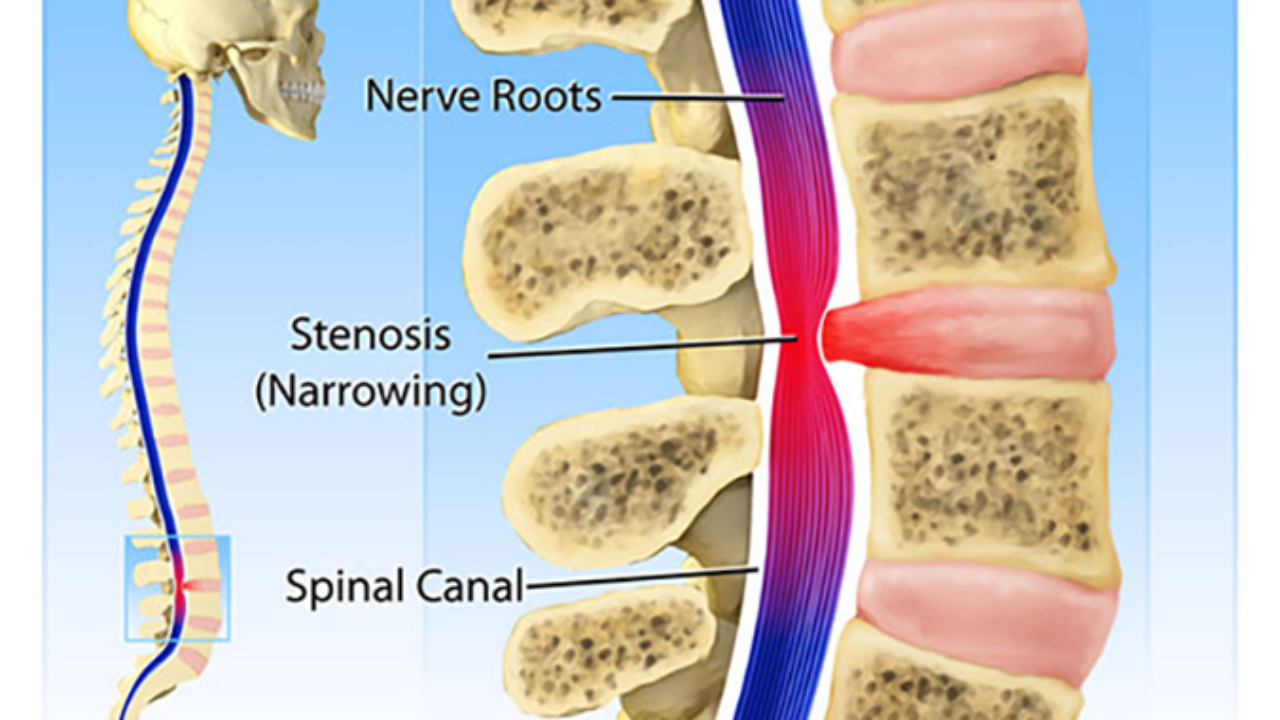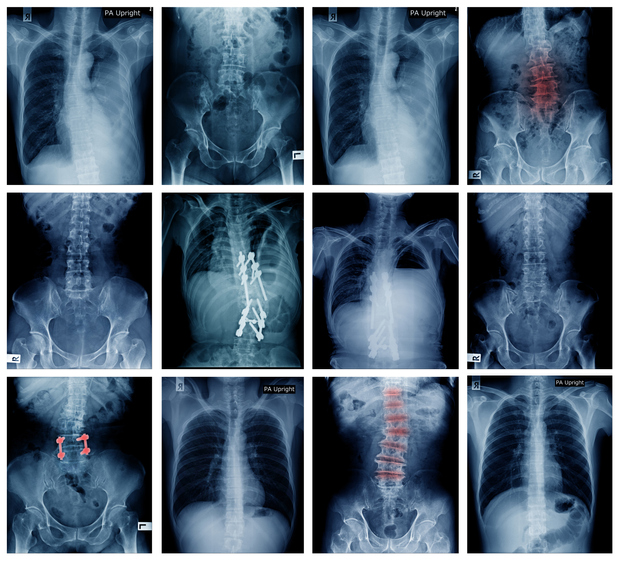

pain, tingling or weakness/heaviness in one or both legs that becomes worse with standing or walking.Lumbar spinal stenosis may cause the following symptoms: difficulty with bladder or bowel control.difficulty with fine motor control of hands such as buttoning, tying, writing, and typing.weakness or incoordination of the arms and hands.balance and coordination problems, such as leg stiffness or tripping while walking.Specific symptoms depend on the location and severity of the stenosis.Ĭervical spinal stenosis may cause the following symptoms: Although treatments for spinal stenosis are often effective at reducing symptoms, the symptoms don't usually completely resolve.Symptoms of spinal stenosis are produced when the narrowing spinal canal compresses the spinal cord or nerve roots. The outcome is very variable and, without treatment, the symptoms usually gradually become worse. This helps to prevent or reduce the pain in your legs when standing or walking.

Interspinous distraction: this procedure involves placing an implant between the spinous processes of the affected vertebrae (usually the fourth and fifth lumbar vertebrae) in order to limit you extending your back. Although the symptoms may improve just after the operation, the medium-term and long-term results can be disappointing. The success of surgery for spinal stenosis is variable.

There is very limited evidence for surgery to treat spinal stenosis. The two bones (vertebrae) may also be fused together (this is called spinal fusion). The bone that is compressing the nerves is removed so that the nerves have more room. The most commonly used operation is called a decompression. Surgery: if symptoms still do not improve then one option is surgery. Spinal injections: injections of a steroid with local anaesthetic given into the spinal root canal or given by epidural injections can be helpful. If your doctor thinks that you may have spinal stenosis then an MRI scan will be arranged to confirm the diagnosis. What tests are used to diagnose spinal stenosis? The back pain caused by spinal stenosis does not increase with walking. Walking usually only aggravates the leg symptoms. There is usually no pain when you are resting. Usually the symptoms reduce if you sit down or lean forwards. The symptoms can also occur when standing. You then have to stop because of increasing pain and numbness in one or both of your legs. Usually spinal stenosis prevents you from walking beyond a certain distance. Claudication is caused either by narrowing of the blood vessels suppplying the leg or because of spinal stenosis. Spinal stenosis affecting the cervical spine may also cause pain and weakness in the shoulders and arms.Ĭlaudication is the term used to describe weakness of the legs that becomes worse specifically on walking. This may affect both legs or just one leg. Weakness of the legs may make you feel unsteady.

Spinal stenosis causes back pain and leg pain. Cauda equina syndrome needs urgent investigation and treatment to prevent the nerves to the bladder and bowel from becoming permanently damaged. Cauda equina syndrome may cause low back pain and problems with bowel and bladder function, numbness in the saddle area, which is around the back passage (anus), and weakness in one or both legs. Pressure on the cauda equina causes cauda equina syndrome. The spinal nerves continue to branch out below the conus medullaris to form the cauda equina. The nerves from the spinal cord then form a structure called the conus medullaris. The lower end of the spinal cord is at the level of the first or second lumbar bone (vertebra). The blood supply to the nerves in the spine may also be temporarily reduced by the compression. More than one level of the spine may be affected. Narrowing that affects the spinal cord is sometimes called a myelopathy. However, the narrowing may progress to cause squeezing (compression) of the spinal nerves or compression of the spine. The narrowing may not cause any symptoms. Spinal stenosis is a term used to describe a narrowing of the spinal canal.


 0 kommentar(er)
0 kommentar(er)
